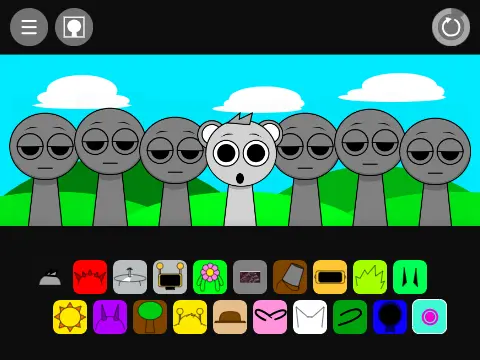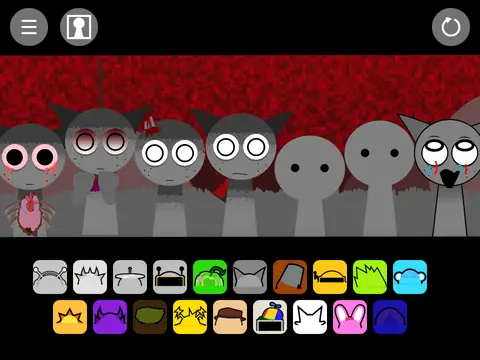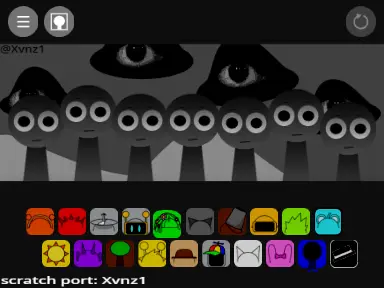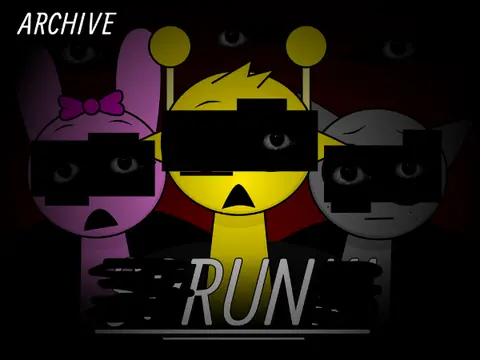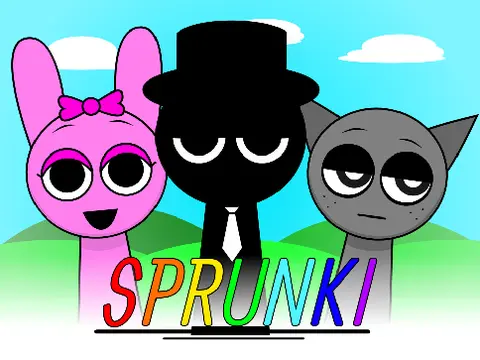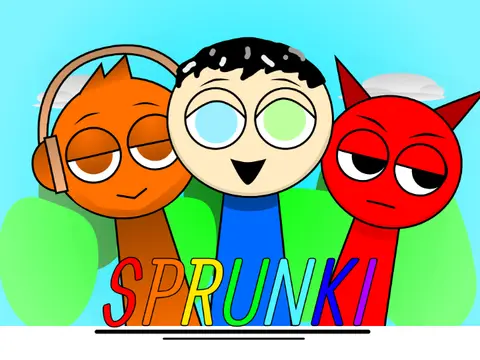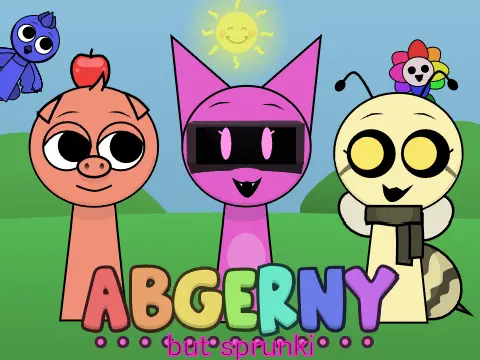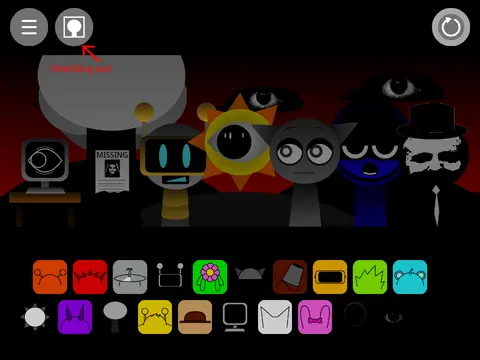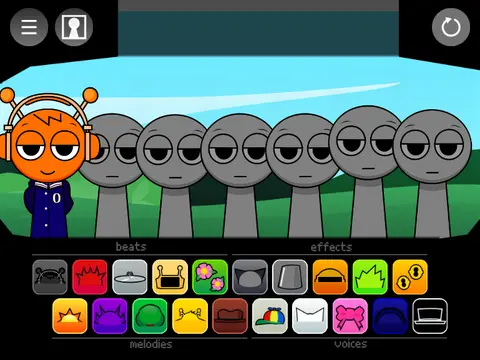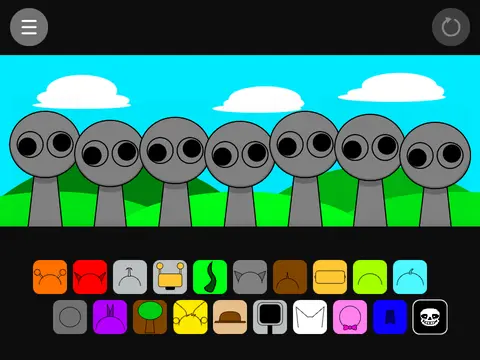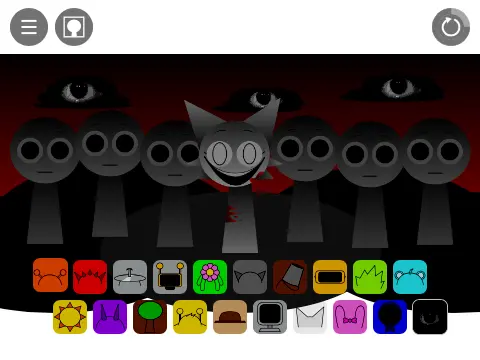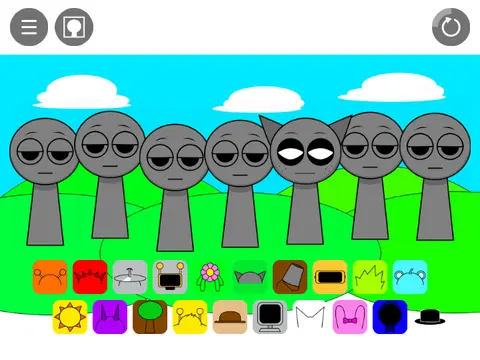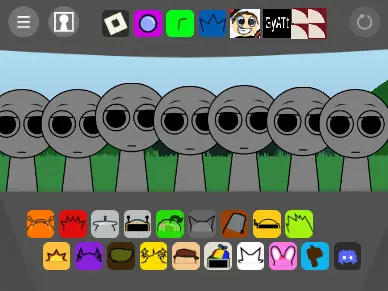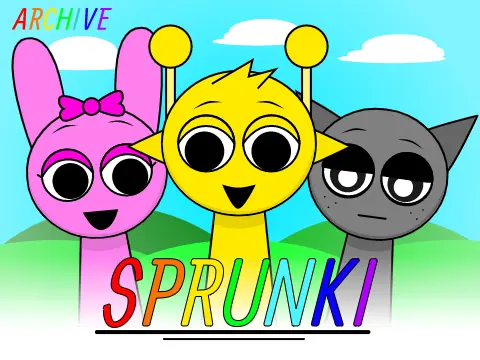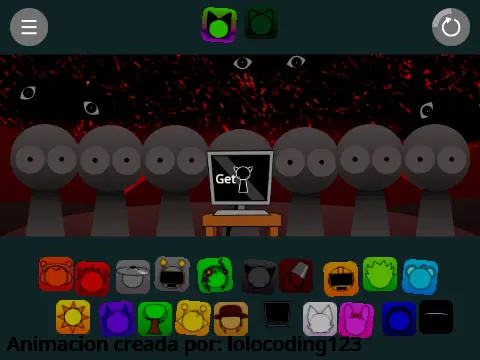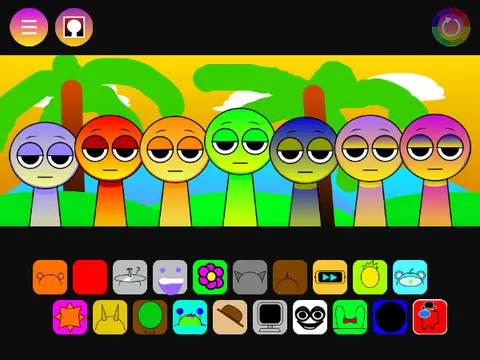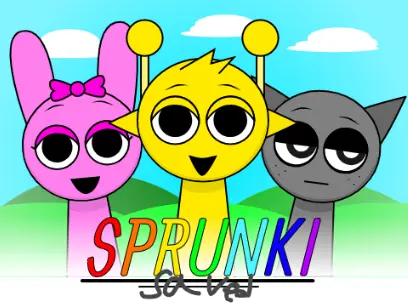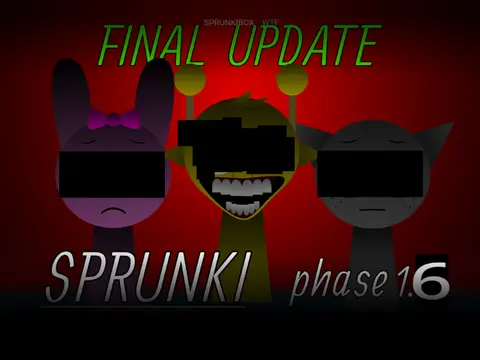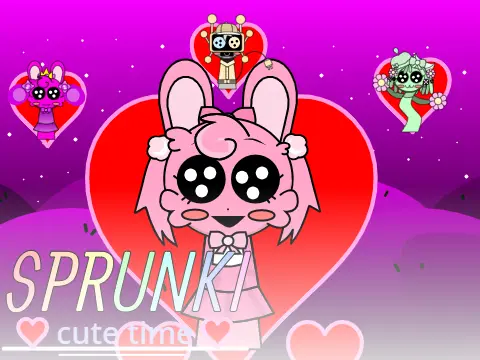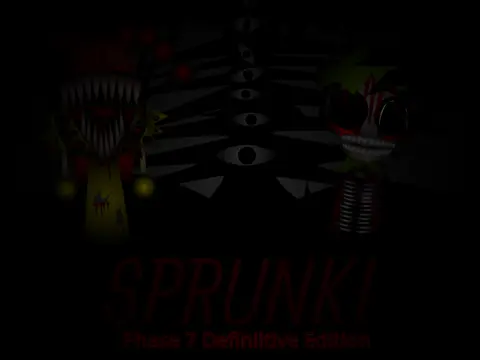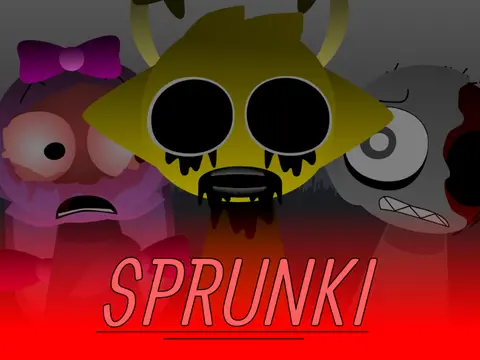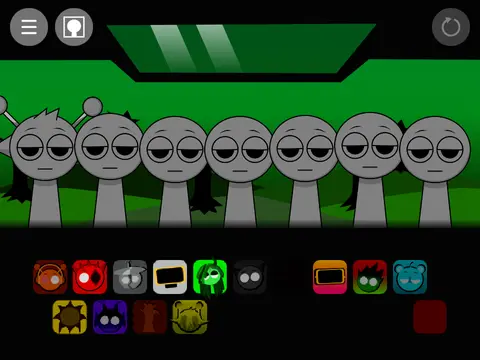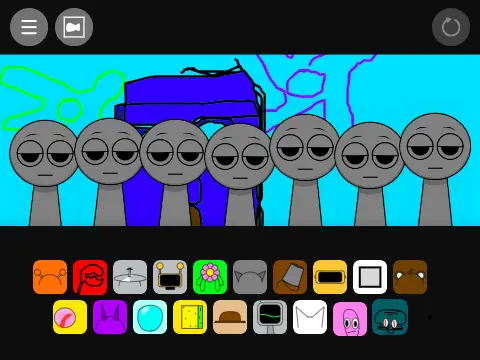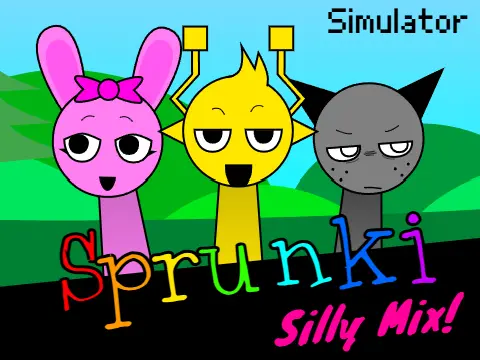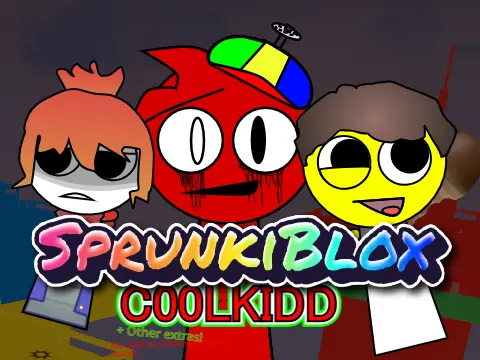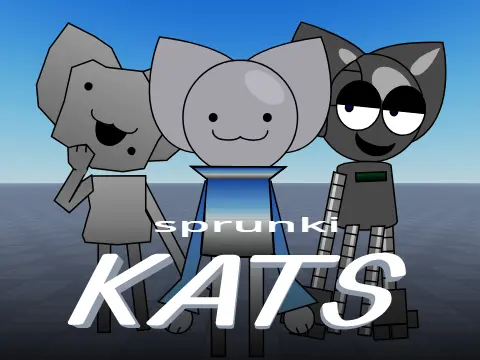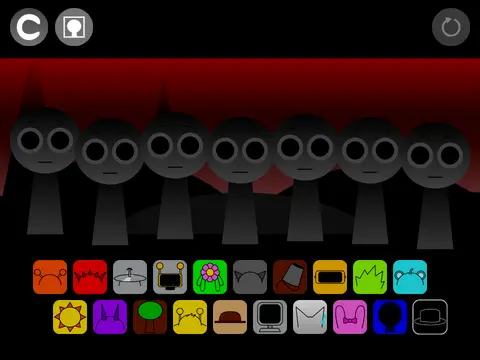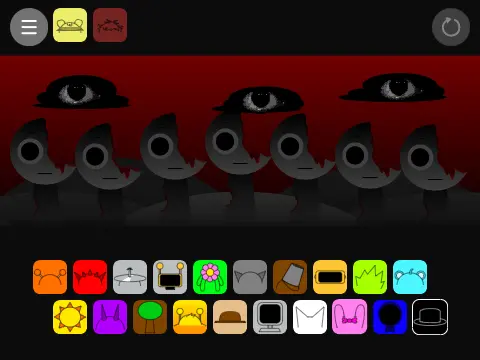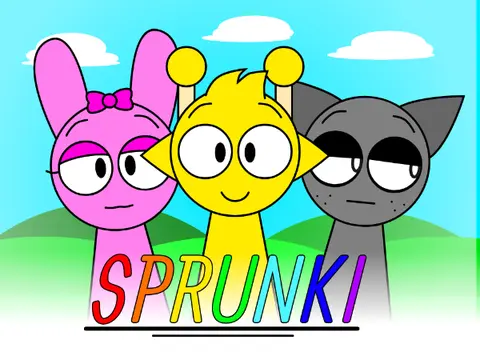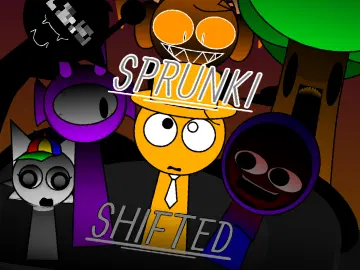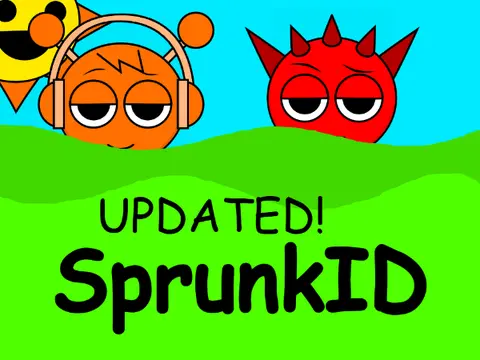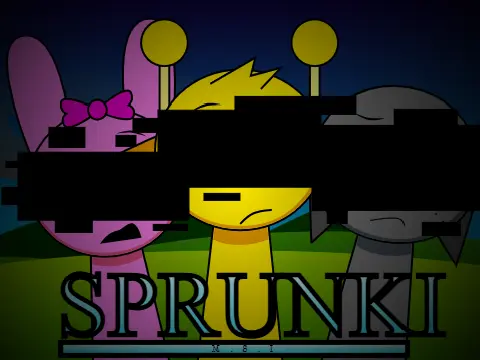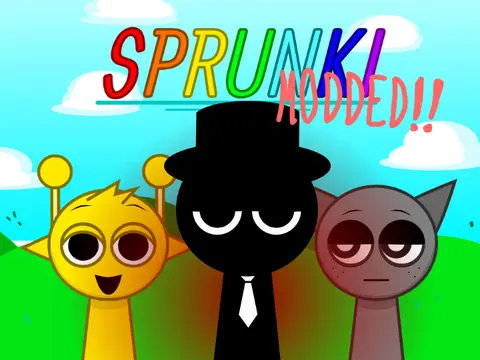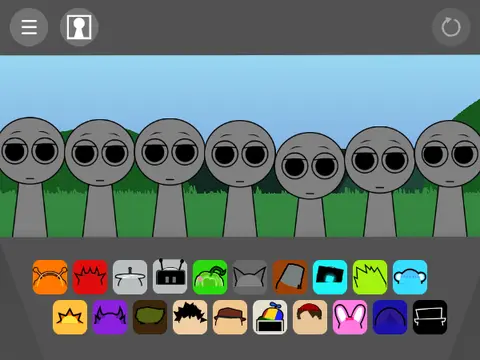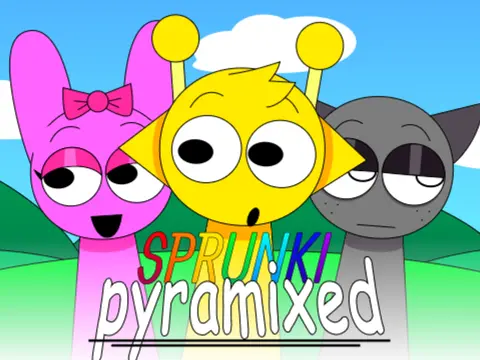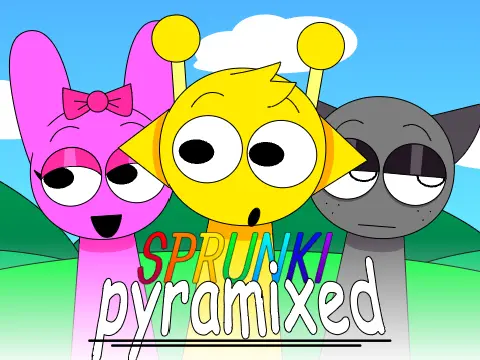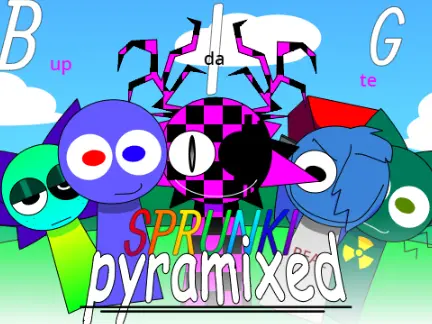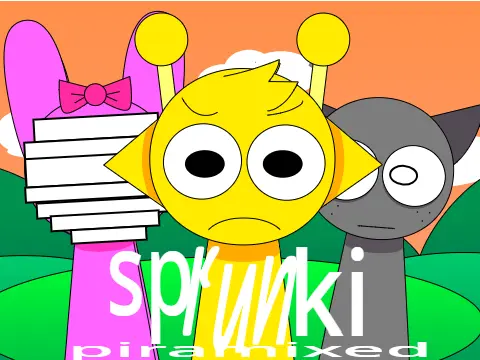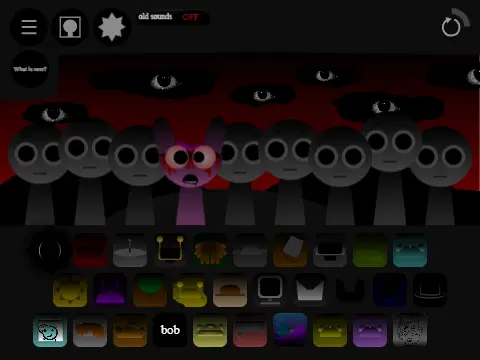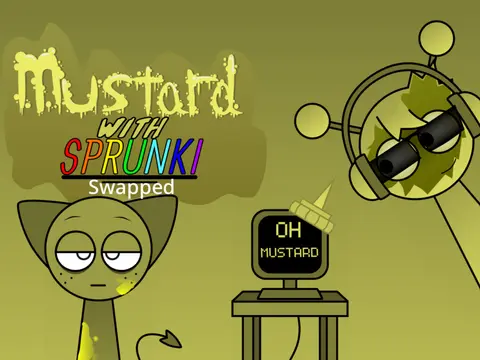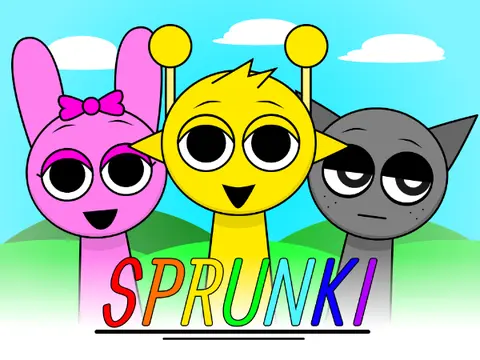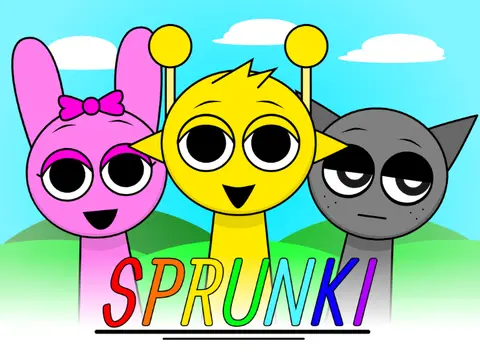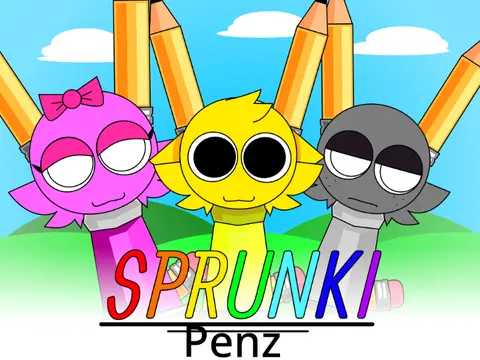sprunki definitive phase 90
What is Sprunki Definitive Phase 90?
Sprunki Definitive Phase 90 represents the series' most ambitious content expansion to date, featuring 90 unique characters and hundreds of sound options for virtually unlimited music creation possibilities. This massive edition builds upon the core Incredibox-inspired gameplay while dramatically expanding the scope and variety available to players. As the numerical designation suggests, this version offers content on a scale far beyond typical rhythm games, providing depth that can engage players for dozens of hours of musical exploration.
The game maintains the familiar drag-and-drop interface that has defined the Sprunki series but introduces enhanced organizational tools and navigation systems to help players manage the unprecedented amount of content. Character designs span the entire history of the franchise while introducing new concepts and visual styles that push the boundaries of the established Sprunki aesthetic. This edition serves as both a celebration of the series' evolution and a showcase of its potential future directions.
How does Sprunki Definitive Phase 90 work?
Despite its massive scale, Phase 90 maintains the accessible core gameplay that has made the series popular. Players select from hundreds of sound icons across multiple categories, assigning them to character slots to create layered musical compositions. The game introduces advanced categorization and filtering systems that help players navigate the extensive content library, including search functions, favorites tagging, and smart recommendations based on playing history.
Technical implementations include optimized memory management that ensures smooth performance despite the asset volume, and an intelligent loading system that streams content as needed rather than requiring everything to load at once. The game features an extended tutorial system that introduces players to both basic mechanics and advanced features gradually, preventing newcomers from feeling overwhelmed by the options available. These design decisions make the expansive content accessible rather than intimidating.
How to play Sprunki Definitive Phase 90?
Playing Phase 90 requires a slightly different approach than earlier Sprunki games due to the sheer volume of content. Beginners should focus on the curated introductory sets that highlight particularly compatible sounds and characters, gradually expanding their repertoire as they become more comfortable with the game mechanics. The tutorial system is specifically designed to introduce content in manageable segments rather than overwhelming players with all 90 characters simultaneously.
Experienced players can dive directly into the full character roster, using the advanced search and filtering tools to quickly locate specific sound types or character categories. The game includes creation templates and starting points inspired by popular community mixes, providing inspiration for players unsure where to begin with such extensive options. The interface includes customization options that allow players to hide or emphasize certain interface elements based on their experience level and personal preferences.
What makes Sprunki Definitive Phase 90 different from other music games?
Phase 90's most obvious distinction is its unprecedented scale—few music games of any type offer 90 distinct sound sources with the level of interoperability found in this edition. This content volume allows for musical variety and complexity that approaches professional digital audio workstations while maintaining the accessibility and simplicity that defines the Sprunki series. The game represents a unique compromise between casual accessibility and professional-level content depth.
The organizational and navigation systems developed specifically for this edition also set it apart from other music games. While most rhythm games carefully curate and limit available options to maintain balance and focus, Phase 90 embraces abundance and player agency, providing tools rather than restrictions to help players manage the extensive possibilities. This philosophy reflects a different approach to game design that prioritizes creative freedom over guided experience.
The game also serves as a comprehensive archive of Sprunki's artistic evolution, featuring character designs and sound styles from throughout the franchise's history alongside completely new creations. This historical perspective provides context and depth that enhances the experience for long-time fans while introducing newcomers to the series' rich legacy. Few music games attempt this type of historical preservation within their gameplay structure.
How do I create music with Sprunki Definitive Phase 90?
Creating music with Phase 90's extensive toolkit requires both musical intuition and strategic use of the game's organizational features. Begin by exploring sound categories rather than individual options, identifying general sound types that fit your musical vision before narrowing down to specific characters. The game's grouping system allows players to create and save custom sound sets, making it easier to return to favorite combinations without recreating them from scratch each session.
Advanced composition techniques involve layering sounds from different categories to create complex musical textures. The game provides visual feedback about frequency ranges and sonic characteristics, helping players identify combinations that will work well together without clashing. Experiment with unconventional pairings—the massive sound library includes many unusual options that can produce unique musical results when combined creatively.
For inspiration, study how other players have approached the challenge of Phase 90's extensive options. The Gosprunki.net community features particularly creative mixes that demonstrate various approaches to managing the game's abundance of content. You can also examine how earlier Sprunki games like Phase 6 Definitive Remastered approached content curation with more limited options, providing perspective on how different design philosophies affect music creation experiences.

